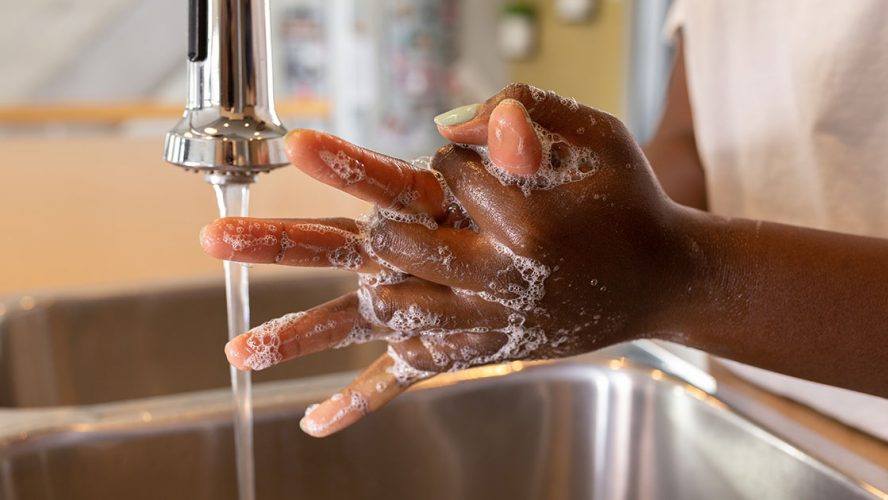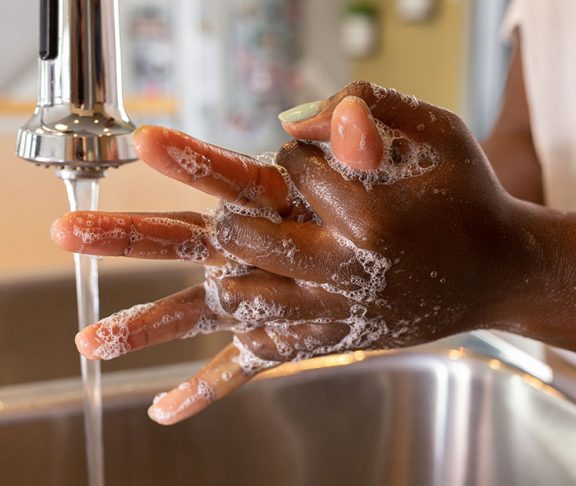
Robin Cogan, MEd, RN, NCSN
Creator, The Relentless School Nurse
We need a precision public health approach to protect ourselves and our children from COVID-19. So far, we do not have a national mandate, which has caused some confusing messaging.
For now, there are specific things we can do to keep our children and families safe. If everyone followed them, we would see a great reduction in the community spread of COVID-19.
Here are five tools you have in your toolbelt — think of them as the “5 W’s”:
- Wear a mask
- Wash your hands
- Watch your distance
- Windows and doors need to be kept open to increase air circulation
- When your child is sick (temperature of 100.4 and over) keep them home
- When the health department calls, answer the phone
A critical tool
The Centers for Disease Control and Prevention (CDC) confirmed that face coverings are a “critical tool” in stopping the surge in COVID-19 cases.
“We are not defenseless against COVID-19,” said CDC director Dr. Robert R. Redfield. “Cloth face coverings are one of the most powerful weapons we have to slow and stop the spread of the virus — particularly when used universally within a community setting. All Americans have a responsibility to protect themselves, their families, and their communities.”
Outstanding questions remain as to what kind of facial coverings are most effective. Medical-grade N95 masks are not recommended for use by the general public according to the CDC. Current guidance recommends N95 masks should be reserved for first responders and healthcare providers.
Surgical masks are looser fitting and some people are wearing bandanas or scarves. Wearing masks or facial coverings protects each of us from possible exposure to the droplets that contain the coronavirus.
A shield is not enough
What seems to be clear is that face shields alone are not effective in protecting people from the virus. Face shields may be effective for those who, for medical reasons, cannot wear a mask or face covering.
Face masks are more preferable than face shields, as shields are open on the sides and at the bottom, limiting protection. Protecting the eyes with a face shield in addition to a mask or face covering is most effective, along with the other public health mitigation strategies of hand washing and maintaining social distancing.
Parents can help their children prepare for school by practicing the 5 W’s — especially wearing face masks. Schools and families need to partner in order to keep students and staff safe as schools reopen for the 2020-2021 school year.
10 tips
Here are 10 things parents can do now to guide their children through this important transition as schools begin to reopen.
1. Practice hand hygiene
Throughout the day. Teach them to sing their ABCs or have them count for at least 20 seconds, ensuring they wash the fronts and backs of their hands, and in between their fingers.
2. Practice putting their mask on and taking it off
Your child will be required to wear a mask on the bus, upon entering school, and within the hallways. Teach them to not touch the inside of their mask when taking it off.
3. Practice keeping 6 feet of distance
Measure the distance on the floor. Consider temporarily laying pieces of paper down for a visual.
4. Purchase a thermometer
Check your child’s temperature every morning. If it’s 100.4 or higher, they must stay home until fever-free (without the use of Tylenol/Motrin).
5. Make or purchase extra masks
When possible, masks should only be used one time. Consider making or buying multiple masks to allow for proper washing and drying.
6. Update immunizations and physicals
They are required to enroll for the school year. Contact your child’s pediatrician to make an appointment.
7. Change aerosolized medications
Nebulizers and inhalers without a chamber cannot be administered in school. Speak with your child’s pediatrician to obtain the proper equipment and to update your asthma action plan.
8. Buy a reusable water bottle
Water fountains may not be in-service.
9. Update emergency contacts
If your child presents with COVID-like symptoms, they will be placed in an isolation room and will need to be picked up immediately. Please ensure a contact can be reached at any given time.
10. Stay informed
Educate yourself from reliable sources like the CDC, your state’s department of health, and local public school websites.

